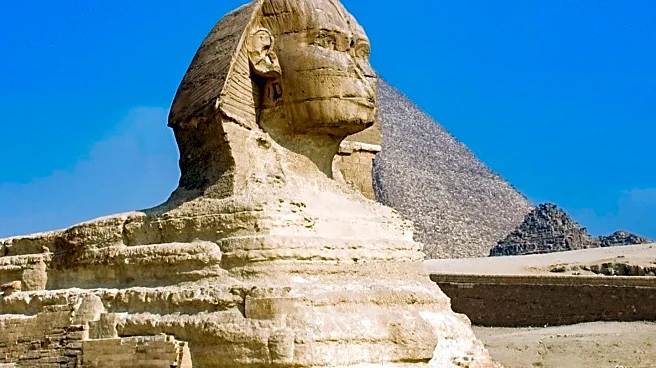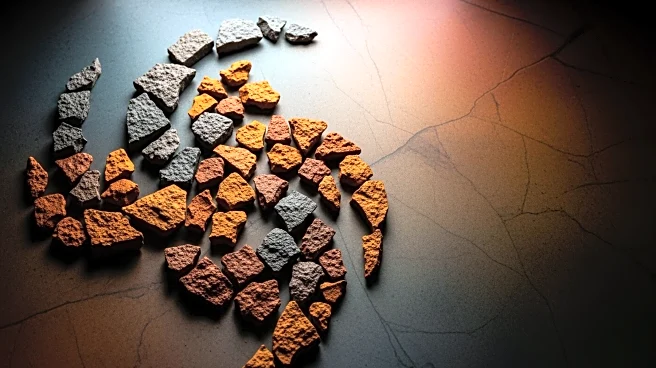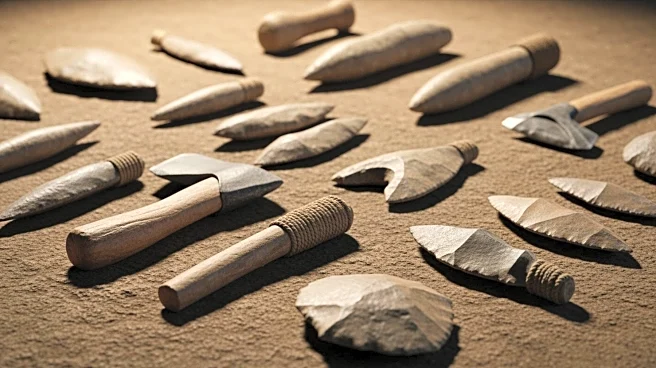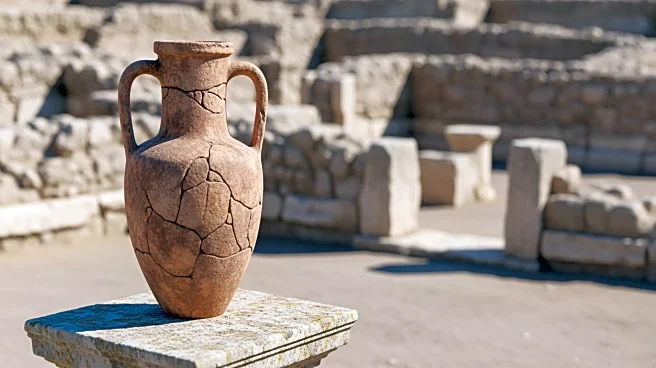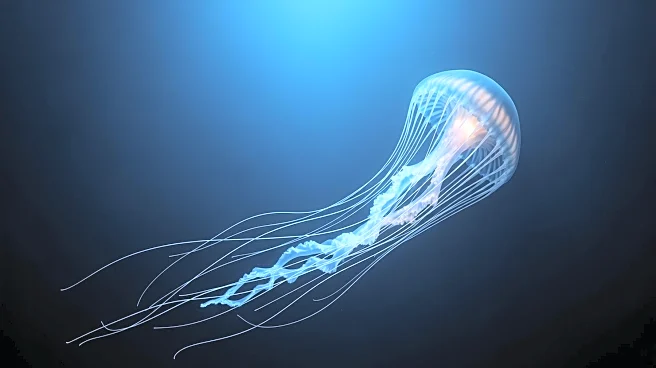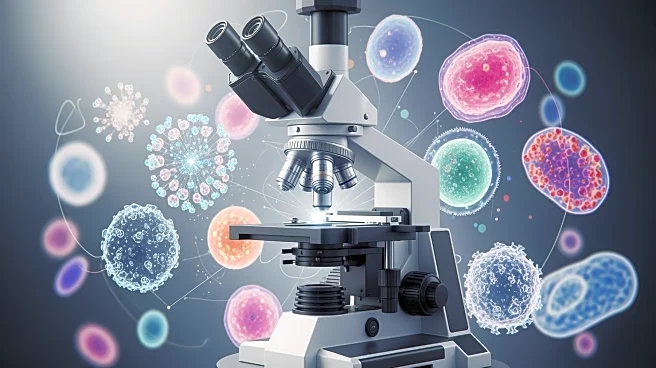What's Happening?
Scientists have solved the mystery of a 300-year-old green mummy found in Bologna, Italy. The mummy, a 12-year-old boy, was preserved in a copper coffin, leading to a unique preservation case. The interaction
between copper, bodily fluids, and the burial environment resulted in systemic preservation and green coloration. The study involved a multidisciplinary team and used modern analytical tools to examine the mummy, revealing structural changes in the body from skin to bone. Copper's antimicrobial properties played a critical role in suppressing decomposition, while chemical reactions led to the green tint. The findings provide a scientific reference for future studies on metal-induced preservation.
Why It's Important?
This discovery offers valuable insights into the preservation processes of human remains and the role of metals in conservation. The case challenges conventional views on metals as threats or aids in preservation, highlighting copper's dual function as a microbial inhibitor and reactive agent. The findings could inform conservation practices and archaeological studies, enhancing understanding of historical burial practices and preservation techniques. The study also contributes to the broader field of forensic science, offering new perspectives on how environmental factors affect decomposition.
What's Next?
Researchers may explore similar cases of metal-induced preservation to further understand the chemical processes involved. The study's findings could lead to advancements in conservation techniques for archaeological artifacts and human remains. Future investigations may focus on the application of these insights to other historical preservation cases, potentially uncovering new methods for maintaining the integrity of ancient artifacts and remains.
Beyond the Headlines
The case highlights the importance of interdisciplinary collaboration in solving complex scientific mysteries. The integration of genetic, anthropological, and chemical analysis provides a comprehensive understanding of preservation processes. This approach could be applied to other areas of research, fostering innovation and discovery in archaeology and conservation science.
